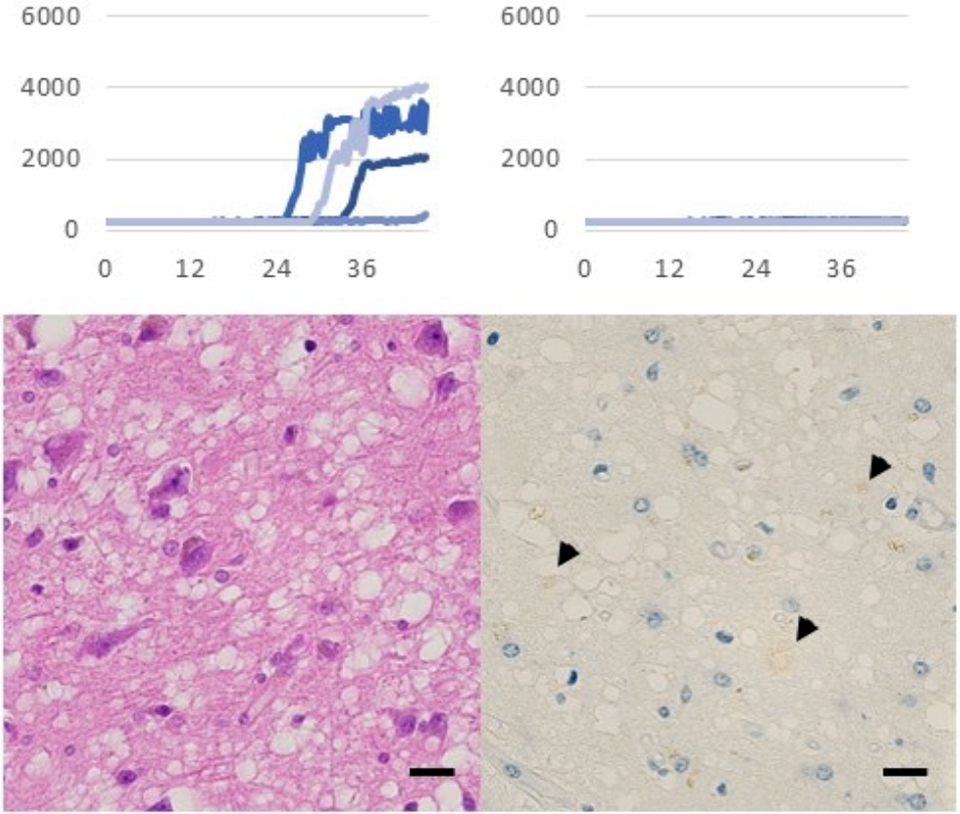At our lab we are also committed to addressing the threat of iatrogenic Creutzfeldt-Jakob disease (iCJD), caused by the administration of growth hormone, the use of contaminated medical instruments and transplant tissues such as dura mata and corneas. While the use of artificial dura mater has reduced the incidence of iCJD in recent years the risk of surgical transmission remains, particularly in procedures involving blades and other sharp instruments, as prions are notoriously difficult to inactivate and general procedures such as formalin or UV exposure are not effective. Additionally, it should be noted that prions can be transmitted even from peripheral tissues.
Recently, there was a case report of an individual who sustained a thumb injury while making frozen sections and subsequently died 7.5 years later (1). While the exact cause of death remains unclear, the possibility of prion disease transmission through the injury cannot be ruled out. This case highlights the importance of vigilance in preventing prion disease transmission, even in seemingly minor injuries.
Although the incidence of prion diseases in the general population is relatively low, at 1-2 per million people throughout the world, the true rate of undiagnosed or asymptomatic cases is unknown and may be higher than previously thought. One epidemiological study has speculated 1/30,000 (2). Animal models of prion diseases have shown that prions can begin to accumulate in the brain well before symptoms appear, making early detection and prevention critical.
To this end, our lab has initiated a prion screening program using the RT-QuiC test on cadavers used for anatomical practice and forensic anatomy, with the aim of identifying undiagnosed cases of prion diseases and thereby ensuring the safety of our staff and students. In our initial screening, we identified one positive case among only 75 cadavers, which was subsequently confirmed by histopathological analysis to be from a previously undiagnosed prion disease case (3).
While the rate of undiagnosed cases of prion disease remains unclear, our lab is committed to continuing this important work to better understand the prevalence and risks associated with prion diseases. We believe that our efforts will not only help to improve the safety of medical procedures but also advance our understanding of these complex and deadly conditions, and potentially offer hope for those affected by these devastating diseases.
Department of Cellular and Molecular Biology,
Nagasaki University Graduate School of Biomedical Sciences
Takehiro NAKAGAKI
![]()

Figure: An undiagnosed case of prion diseases from cadavers for anatomical practice.Top: Positive signals have been observed from a cadaver in screening test. Bottom: Spongiform changes specific for prion diseases (left) and accumulation of abnormal prion protein (right, arrowheads) were observed.
(Nakagaki T et al, N Eng J Med. 2022)
We are happy to answer any questions and provide additional information to support your understanding of our work.
Thank you for visiting our website and learning more about our mission.